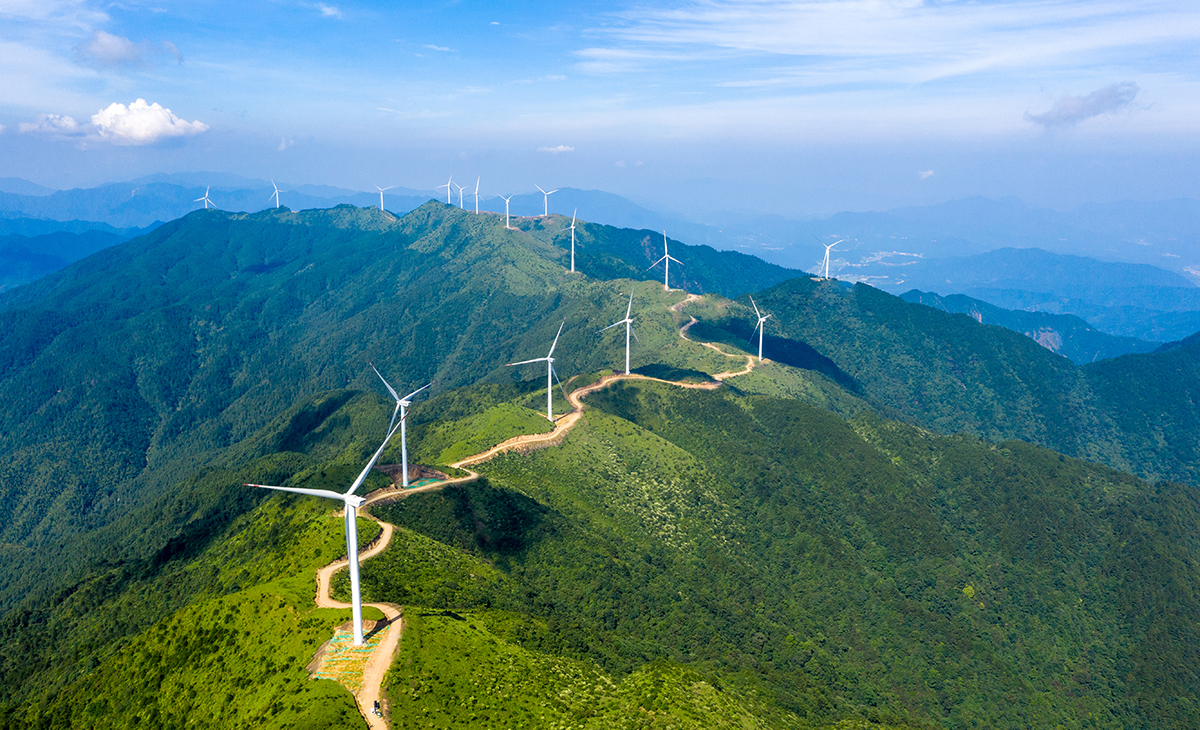Co- author- Bipin Shrimali, Chairman and Managing Director, MAHAPREIT & Saurabh Kumar, Vice President-India, GEAPP
During COP 27, India committed to reducing its emissions intensity by 45% from 2005 levels by the year 2030. In the past few years, driven by investments among key stakeholders, particularly in advanced digital infrastructure, manufacturing and energy transition technologies, India has emerged as a prominent force in the global economy. The country’s transition to renewable energy (RE) has at its basis the goal of Net Zero emissions by 2070 and within this target, there is a view to create access to reliable and productive green electrification while enabling growth of jobs in the RE sector. As of February 2023, the country’s RE capacity stood at 168.96 GW and an estimated $1.3 trillion is required in investments to help India achieve its target of 500 GW RE by the year 2030.
Partnerships with key stakeholders
While India is adequately poised to take on the opportunity of an energy transition, the task ahead requires collective efforts from industry sectors, government, and consumers with a viable solution in the creation of an ever-expanding, multi-faceted ecosystem of innovative and flexible partnerships. Reducing costs of clean energy, generating jobs through the RE sector, mapping demand-supply patterns and market economics must be turned into a practice for continued progress. It is also crucial to encourage innovative thinking with catalytic capital and strategic partnerships. Fostering collaboration between the government, private sector and at the community level will be vital in building an integrated people-positive approach towards sustainability goals.
Collaboration with the Indian government
By forging partnerships with the government to align with sustainability objectives, there is a significant opportunity to accelerate the transition towards green energy. Focused collaborations such as the partnership between MAHAPREIT and GEAPP play a crucial role in overcoming obstacles to integrating and adopting RE. We are working together for the implementation of the 500 MW tender which will benefit Maharashtra in three ways – bringing an investment of INR 2500 crores in solar energy, reduction of CO2 emissions by 400,000 tonnes annually and supporting 100,000 farmers. Collaborative efforts can also accelerate examining the role of central banks and monetary policy in funding innovative models. Collaboration with the government has identified alternate public revenue sources from the green energy transition to sustain development.
Private sector partnerships
To catalyse a transformative shift, key sector partnerships need to transcend regulatory boundaries and sector limitations, allowing every stakeholder to contribute their expertise and collectively forge a collaborative force. Collaboration in the private sector can help build the environment, capacity and market conditions for private sector solutions, catalyse new business models through innovation and entrepreneurship, and deploy high-risk capital to encourage and assist just transition solutions. Through joint initiatives such as developing RE projects and implementing energy efficiency measures, private-sector collaboration can support industries to accelerate energy transition solutions. It can identify financing opportunities for projects and programs of common interest in grid-based renewables, distributed renewables, and transition areas. For instance, the global-level RE100 corporate initiative aims to source 100 per cent of multinationals’ electricity consumption from RE.* Setting timely targets encourages corporates to invest better in RE for quicker implementation.
Community level engagement
At the community level, collaboration leverages finance models and instruments such as green and sustainability-linked bonds, blended finance, and risk guarantees to promote local innovation and technology. India’s growing clean energy industry provides innovators with the opportunity to provide low-cost, impactful and scalable solutions. Combining catalytic philanthropic capital with a consortium of institutions dedicated to a clean energy transition will generate a significant boost in financial and technical assistance to identify and address emerging employment pathways and reskilling requirements. An ongoing energy transitions innovation challenge aims to offer a platform and financial support to innovators from the startup community to scale up their clean energy solutions. An alliance at the community level can set measurable long-term markers of success and engage communities in the transition to clean energy.
Conclusion
Partnerships can unlock the potential for large-scale RE projects by creating an enabling environment for investments and innovating financial mechanisms to channel capital towards green projects. Providing holistic and systemic support and fostering a favourable industry ecosystem will not only contribute to resolving India’s energy transition challenges but also generate replicable and scalable solutions that can benefit the global community.

